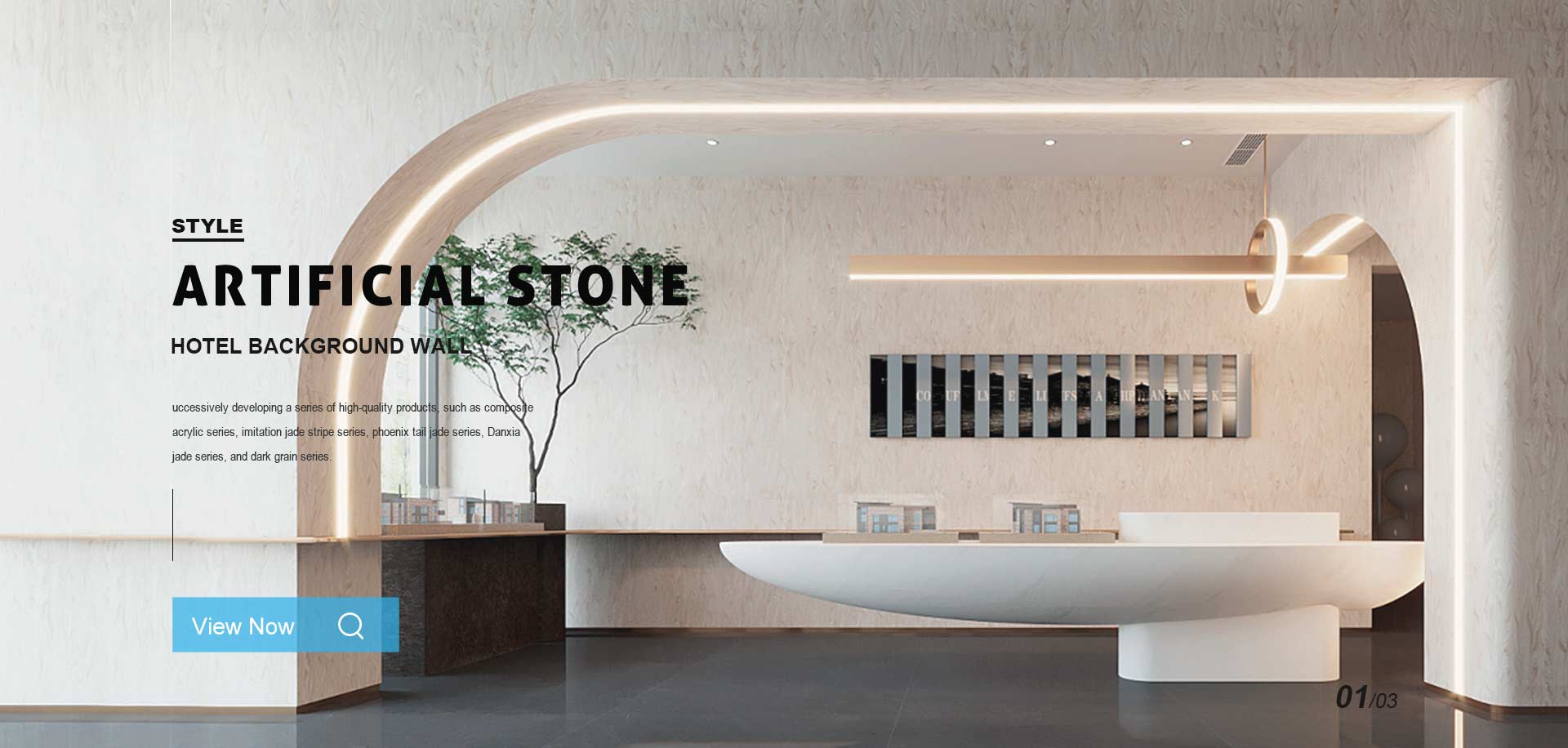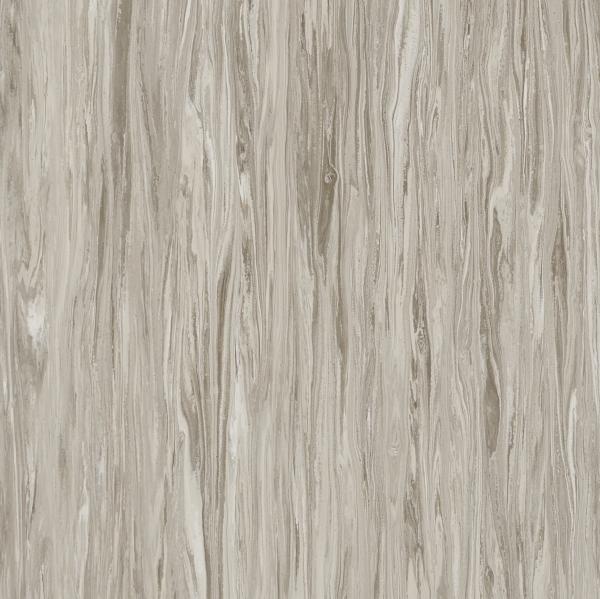
Artificial Marble, also known as cultured marble or engineered marble, is a man-made product designed to simulate the appearance of natural marble. It combines the aesthetic appeal of marble with the advantages of engineered materials, offering a versatile and cost-effective alternative.

1. Composition
Artificial Marble is typically composed of:
Aggregate: Ground marble, limestone, or other natural stones.
Resin: Polyester or acrylic resins that bind the aggregate together.
Pigments: Added to achieve various colors and patterns, mimicking natural marble’s veining and textures.
2. Manufacturing Process
The production of Artificial Marble involves several key steps:
Mixing: The aggregates, resins, and pigments are combined to create a consistent mixture. The aggregate is usually marble dust or other crushed stones, which gives the material its marble-like appearance.
Molding: The mixture is poured into molds to form the desired shapes and sizes. Molds can create various patterns and textures to mimic natural marble.
Curing: The molded material is cured under controlled conditions, often using heat and pressure, to harden the resin and set the stone.
Finishing: Once cured, the artificial marble is removed from the molds and undergoes finishing processes, including polishing and surface treatment to enhance its appearance and durability.
3. Advantages
Artificial marble offers several benefits over natural marble:
Cost-Effective: Generally more affordable than natural marble due to reduced material costs and simplified manufacturing processes.
Consistency: Provides a uniform appearance with predictable colors and patterns, avoiding the variability found in natural marble.
Durability: Often more resistant to scratching, staining, and moisture than natural marble. The resin helps protect against wear and tear.
Maintenance: Easier to clean and maintain compared to natural marble, as it doesn’t require sealing and is less porous.
4. Applications
Artificial marble is versatile and used in various applications:
Countertops: Popular for kitchen and Bathroom Countertops due to its durability and ease of maintenance.
Vanity Tops: Commonly used in bathroom vanities, offering an elegant look at a lower cost.
Wall Panels: Used for both interior and exterior wall cladding, providing a sophisticated and durable surface.
Flooring: Suitable for floors in residential and commercial spaces, where durability and appearance are important.
5. Environmental Considerations
The environmental impact of artificial marble can be lower compared to natural marble due to:
Reduced Quarrying: Less need for quarrying and mining of natural marble, which reduces the environmental footprint.
Resource Efficiency: Utilizes recycled marble dust and other materials, promoting sustainability.
However, it's important to consider:
Resin Impact: The production process involves synthetic resins that can have environmental impacts, so choosing products with eco-friendly resins can mitigate this.
Artificial marble material combines the beauty of natural marble with the benefits of modern manufacturing technology. Its affordability, durability, and ease of maintenance make it a popular choice for a wide range of applications, from countertops to flooring. By understanding its composition, manufacturing process, and advantages, you can make informed decisions about its use in your projects.